Table of Contents: Benefits of Neurofeedback Training for Stroke and Traumatic Brain Injury | Understanding Strokes | Understanding Traumatic Brain Injury | Conventional Treatments| Innovative Treatment
Benefits of Neurofeedback Training for Stroke and Traumatic Brain Injury
 Even with all the education that has been provided to the public on strokes and traumatic brain injuries, people often have questions. One misconception is that these two types of injuries are the same but in truth, while a stroke is not a brain injury, a brain injury does increase the risk of someone having a stroke. This shows that along with similarities, there are also differences between a stroke and Traumatic Brain Injury, also referred to as TBI. Because both are horrific events, we wanted to take the opportunity to discuss changes that occur within the brain but also a safe and effective treatment being used called neurofeedback training.
Even with all the education that has been provided to the public on strokes and traumatic brain injuries, people often have questions. One misconception is that these two types of injuries are the same but in truth, while a stroke is not a brain injury, a brain injury does increase the risk of someone having a stroke. This shows that along with similarities, there are also differences between a stroke and Traumatic Brain Injury, also referred to as TBI. Because both are horrific events, we wanted to take the opportunity to discuss changes that occur within the brain but also a safe and effective treatment being used called neurofeedback training.
Understanding Strokes
Obviously, the brain is the hub of life and organ where sensory, thought, and emotional experiences take place. In order for the brain to function normally, oxygen rich blood flow is essential. When a portion of this blood flow is obstructed, even for a few minutes, a stroke occurs. As a result, an individual is at great risk for suffering permanent brain damage, as well as death.
There are actually two unique types of strokes to include ischemic and hemorrhagic. Of the two, an ischemic stroke is the most common, being accountable for up to 80% of all stroke events. This particular stroke is caused when blood flow to a portion of the brain has been compromised or from the presence of a blood clot. Typically, an ischemic stroke is seen in someone with atherosclerosis, a disease whereby the lining of the artery lining narrows.
A hemorrhagic stroke is not as common and results from a different reason. In this case, a weakened blood vessel wall is torn, which allows blood to leak into the brain. When this happens, surrounding tissue actually dies. A hemorrhagic stroke can occur for one of two reasons. First, an arteriovenous malformation causes a cluster of abnormally formed blood vessels to burst and second, an aneurysm causes a weakened area of blood vessel to expand.
Understanding Traumatic Brain Injury
A Traumatic Brain Injury or TBI is a very serious condition that leads to permanent brain damage or death. According to the latest statistics, approximately 1.7 million traumatic brain injuries occur annually in the United States alone. One of the challenges of a TBI is that it can be the sole problem or part of a combination of other serious injuries.
The cause of a TBI is some type of serious blow or bump to the head, commonly associated with a car accident, contact sport, or major fall, among other things. However, the intensity of the blow does not necessarily need to be extreme for an injury to occur. In fact, most TBIs are the result of a slight concussion or mild blow. Because both stroke and Traumatic Brain Injury are serious injuries to the brain, learning the warning signs is essential. This would allow an individual to seek quick and appropriate medication attention, thereby increasing the chance for recovery or survival.
Conventional Treatments
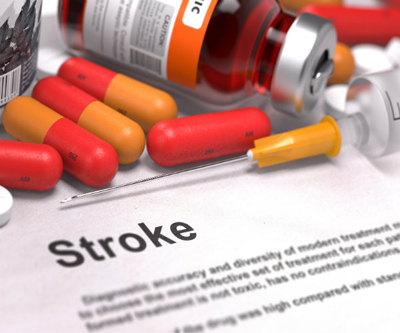 Over the past several years, stroke and TBI patients have experienced dramatic improvement thanks to a new clot busting medication. This particular medication can even stop a stroke from progressing in some cases, decreasing the amount of brain tissue that dies. This means less damage to the brain, as well as decreased risk of death. Other than prescription medication used to help control or regulate blood flow to the brain, in-depth and long-term therapy is required.
Over the past several years, stroke and TBI patients have experienced dramatic improvement thanks to a new clot busting medication. This particular medication can even stop a stroke from progressing in some cases, decreasing the amount of brain tissue that dies. This means less damage to the brain, as well as decreased risk of death. Other than prescription medication used to help control or regulate blood flow to the brain, in-depth and long-term therapy is required.
The two deficits seen most often in a stroke or TBI patient include speech and physical mobility. For that reason, an individual could expect to spend years in cognitive/behavioral therapy, along with taking medication. We want to point out that due to the serious nature of these brain disorders, conventional treatment is almost always necessary. However, neurofeedback training is now being recognized as both a standalone and combination treatment for stroke and TBI patients.
Of course, the ultimate goal is to prevent either occurrence. As an example, the risk of having a stroke can be diminished dramatically by giving up smoking, losing weight, and following a healthy diet. It is also possible to reduce the risk of a TBI by wearing a seatbelt while driving or a helmet when participating in sports, riding a motorcycle, or going for a horseback ride.
Innovative Treatment
Neurofeedback training is an innovative treatment proven to offer excellent benefits for stroke and TBI patients. Because the brain is actually retrained, common problems such as confusion, slow thought processing, compromised memory, short attention span, disturbed sleep patterns, and more can be addressed. In addition, the inability to function normally often leads to a deep state of depression. However, this form of biofeedback has the ability to treat not only the physical effects of brain damage but also psychological effects.
While beneficial, the downside to conventional treatment is that it takes years, if not a lifetime of commitment to see positive results and even then, recovery is often limited. In comparison, both stroke and TBI patients who have undergone multiple sessions of neurofeedback training show marked improvement within a much shorter period of time but even better, the results are long-term.
Although this does not happen for everyone, there have been reported cases of stroke and TBI patients being taken off prescription medication after being treated with neurofeedback training. Some of the specific benefits this innovative treatment offers include the following:
- Elimination of “brain fog”
- Improved memory function
- Stabilized mood
- Improved mental clarity and cognitive ability
- Reduced irritability
- Healthier sleep patterns
- Better focus
- Reduced pain
 With neurofeedback training, it is possible to target the exact area of the brain impacted. With that done, training sessions are used to retrain the area whereby inefficient or abnormal brain patterns are replaced with new and healthy patterns, thereby allowing the brain to “heal”. Although this type of treatment takes time for people who have had a stroke or TBI, most individuals see some improvement with each completed session.
With neurofeedback training, it is possible to target the exact area of the brain impacted. With that done, training sessions are used to retrain the area whereby inefficient or abnormal brain patterns are replaced with new and healthy patterns, thereby allowing the brain to “heal”. Although this type of treatment takes time for people who have had a stroke or TBI, most individuals see some improvement with each completed session.
One of the key reasons an increasing number of mental health professionals, medical doctors, and therapists use neurofeedback training for strokes and TBIs is that the patient is not required to perform any conscious thinking. As a result, there is no additional stress being placed on an already injured brain. Instead, the person can remain relaxed and calm, which promotes even faster recovery.
We are a leading Neurotherapist in Clifton Park NY. Contact us today to learn more about our approach to treating Stroke and TBI (Traumatic Brain Injury).


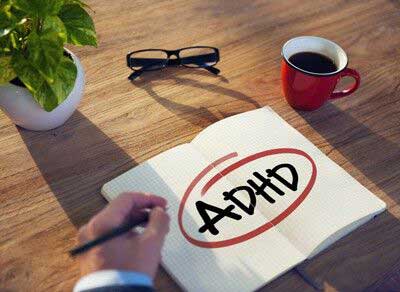 ADD / ADHD
ADD / ADHD Anxiety & More
Anxiety & More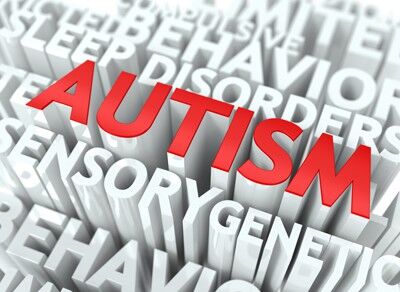 Autism/Aspergers
Autism/Aspergers Depression
Depression Insomnia
Insomnia Learning Disabilities
Learning Disabilities Migraines
Migraines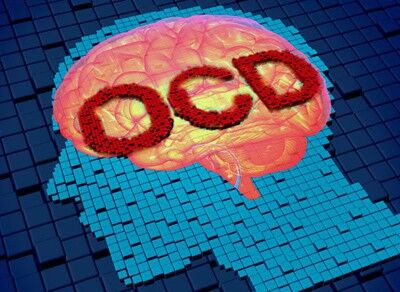 OCD and Obsessive Thinking
OCD and Obsessive Thinking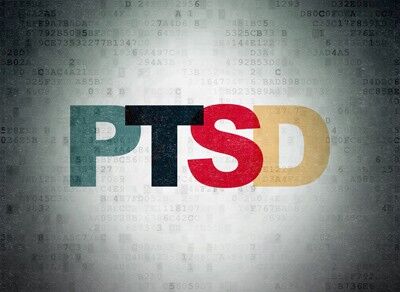 PTSD (Post Traumatic Stress Disorder)
PTSD (Post Traumatic Stress Disorder)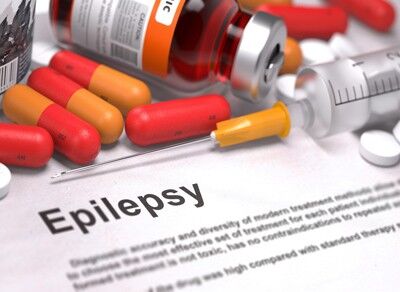 Seizures and Epilepsy
Seizures and Epilepsy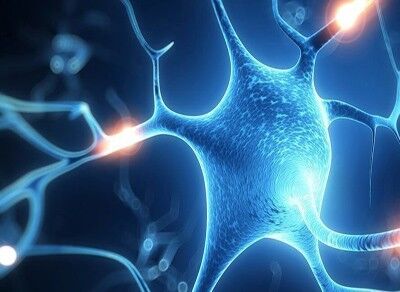 Stroke or Traumatic Brain Injury (TBI)
Stroke or Traumatic Brain Injury (TBI)